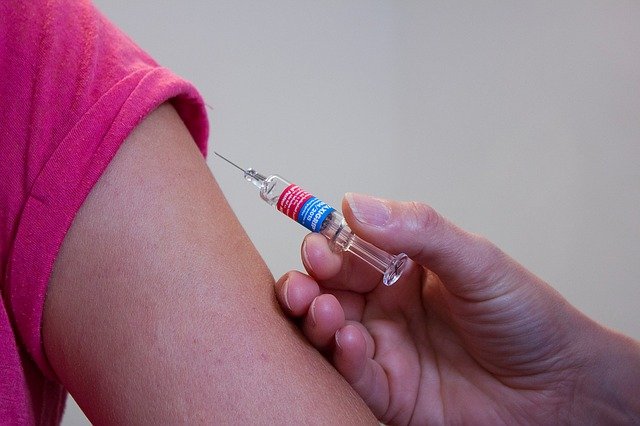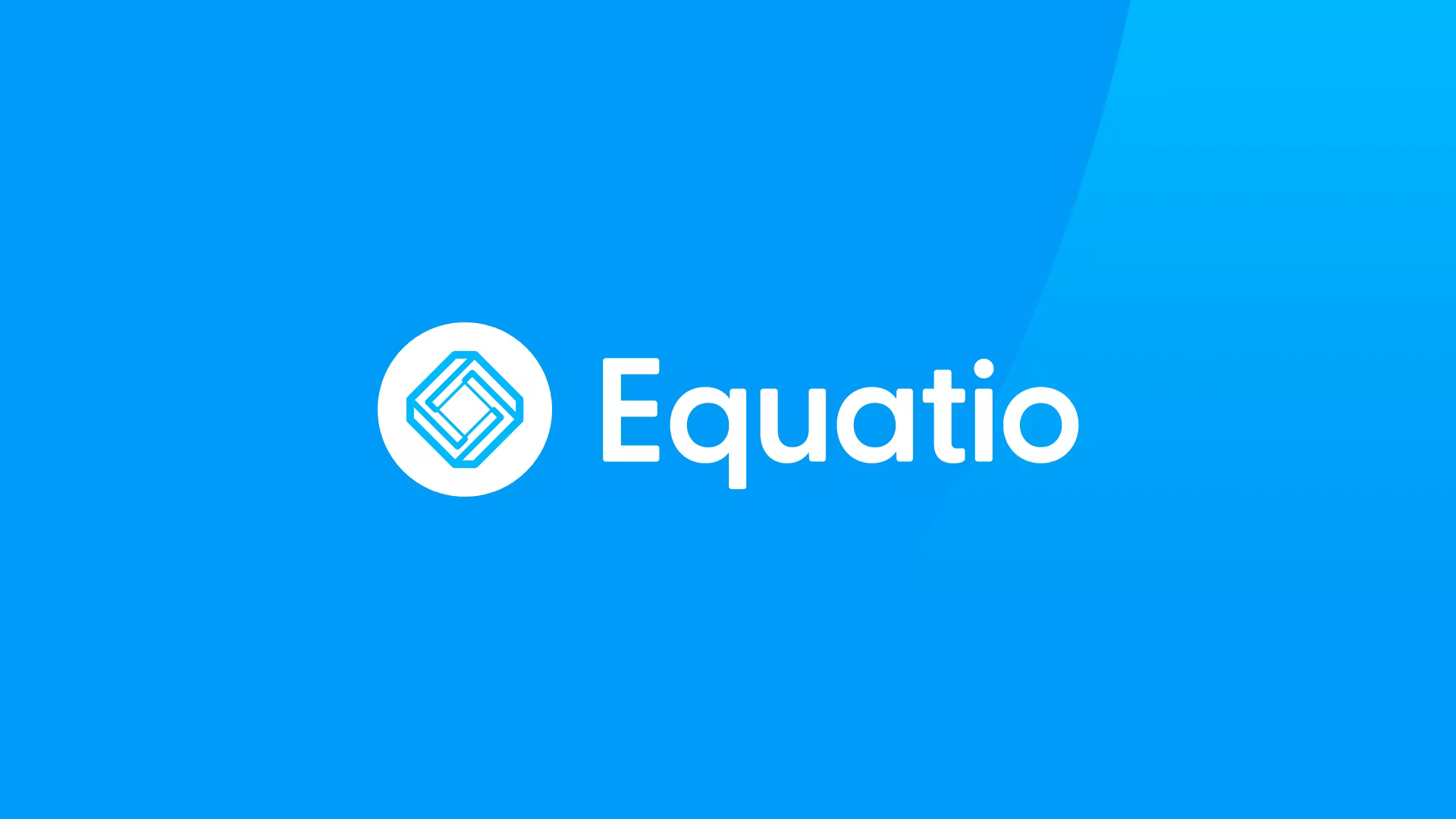States Roll Out Vaccines for Teachers: What You Need to Know
Plans and approaches regarding vaccines for teachers vary greatly from state to state

President-elect Joe Biden initially pledged to reopen a majority of schools during his first 100 days in office but recently refocused the goal for K-8 schools. He has said teachers should be eligible for vaccinations as soon as possible after those who are at highest risk, according to the Associated Press.
Educators in New York began receiving their first doses of coronavirus vaccine earlier this week, and other states are expected to begin vaccinating faculty and staff at schools and colleges in the coming weeks and months.
The CDC has classified those who work in education, including teachers, support staff, and daycare staff, as essential workers, but where they fall in line to receive the vaccine still varies by state.
When Will The Vaccine be Available for Most Teachers?
Dr. Robert Hecht, a professor of epidemiology at the Yale School of Public Health and the president of the nonprofit Pharos Global Health Advisors, says that most states are falling within three categories with their teacher vaccination plan. Some states, such as Connecticut, Maryland, Washington, and Michigan, have prioritized teachers for vaccination right after the elderly and health care workers, with hopes to start vaccinating by the end of January and into February. In-between states, such as Colorado, want to do teacher vaccinations among a large array of essential workers but are not sure it will happen until March. And then there are states such as Florida and Texas that have not even announced where teachers fit into the priority list or when they might be vaccinated.
To find out where teachers are in vaccine-priority, check the Vaccine Allocation Planner for COVID-19 developed by Ariadne Labs — a collaboration between Boston’s Brigham and Women’s Hospital and Harvard T.H. Chan School of Public Health, or The New York Times’ fill-in-the-blanks form.
When Should Educators be Vaccinated?
Although there is widespread agreement to offer initial vaccine doses to the elderly and health care workers, there is less consensus on who should be included in the next group.
Hecht and his wife and colleague, Dr. Shan Soe-Lin, a lecturer in global health at Yale, recently argued in a New York Times op-ed that the next phase of vaccine distribution should target hot spots rather than be distributed based on profession. However, if you go by profession, they say putting educators closer to the top of the list makes sense. “Education is crucial and getting teachers vaccinated is tremendously important,” Hecht says.
Tools and ideas to transform education. Sign up below.
Soe-Lin adds that K-12 schools do not seem to be large drivers of spread, in part because younger children seem less susceptible to the virus. “Yet there's a lot of teachers across all age groups who are vulnerable,” Soe-Lin says. “So it's more about protecting teachers, or at least giving them the peace of mind to want to keep schools open.”
What Will Change After Educators are Vaccinated?
Vaccinating teachers will hopefully reduce transmission among school and staff members but it won’t eliminate the need for other safety measures such as masking and distancing in the short term.
Kelsie Snow, an assistant professor at Husson University’s School of Pharmacy, says the vast majority of K-12 students won’t be vaccinated since Pfizer’s vaccine is only authorized for those 16 and older and Moderna’s for those 18 and up. “While fewer children have been sick with COVID-19 compared to adults, youngsters can be infected with the virus that causes the illness,” says Snow. “Since there tends to be more students in an educational setting than educators and staff, this will complicate our efforts to return to normal.”
“When prevalences come way down and vaccination coverage rates are high, we can eventually start to unmask,” says Soe-Lin. “Up till then, and especially if you're between shots, it's really, really important that everyone maintains the masks and social distance for themselves and for others.”
What About the Vaccine Rollout in General?
The current vaccine rollout has been going too slow observers say. The Kaiser Family Foundation released an analysis recently saying that the varying timelines between states has resulted in “a vaccine roll-out labyrinth across the country.”
“One of the major challenges has been the inconsistency in the frequency of shipments,” says Snow. “This has caused a number of headaches in the planning process. In addition, we need to continue improving the dissemination of the vaccines. We currently have a number of available pharmacies that are willing to help administer the inoculations. Unfortunately, they have yet to be utilized to their full potential.”
She adds, “There is also some confusion among members of the public about who qualifies for the vaccine and when they should get vaccinated.”
Snow is holding a six-hour course, and a more advanced 20-hour course, for pharmacists looking to learn how to administer the vaccine. (Anyone interested in registering for either course should contact snowke@husson.edu).
In addition to better education around the vaccine across the board, Snow believes holding mass-vaccination events could be a more efficient way to distribute the vaccine. “Under this plan, there would be a small number of vaccination locations in every state where patients could receive their shots,” she says. “This could help to reduce the challenges posed by the rigorous storage requirements for the vaccines and serve to reduce confusion about where, when, and how patients can be vaccinated.”
Ultimately, educators shouldn’t get too caught up in who gets the vaccine and when. “I don't think we should let the perfect be the enemy of the good. We've got to get this vaccine out there,” says Hecht. “I, and other modelers, could do all kinds of detailed calculations and tell you that the perfect rollout is this group today and this group tomorrow in this group the next day because of the relative risk they face. But it's not going to work that way. In practice, it's going to be messier, and that's okay as long as the thrust is on trying to reach the right sorts of groups.”
Erik Ofgang is a Tech & Learning contributor. A journalist, author and educator, his work has appeared in The New York Times, the Washington Post, the Smithsonian, The Atlantic, and Associated Press. He currently teaches at Western Connecticut State University’s MFA program. While a staff writer at Connecticut Magazine he won a Society of Professional Journalism Award for his education reporting. He is interested in how humans learn and how technology can make that more effective.

